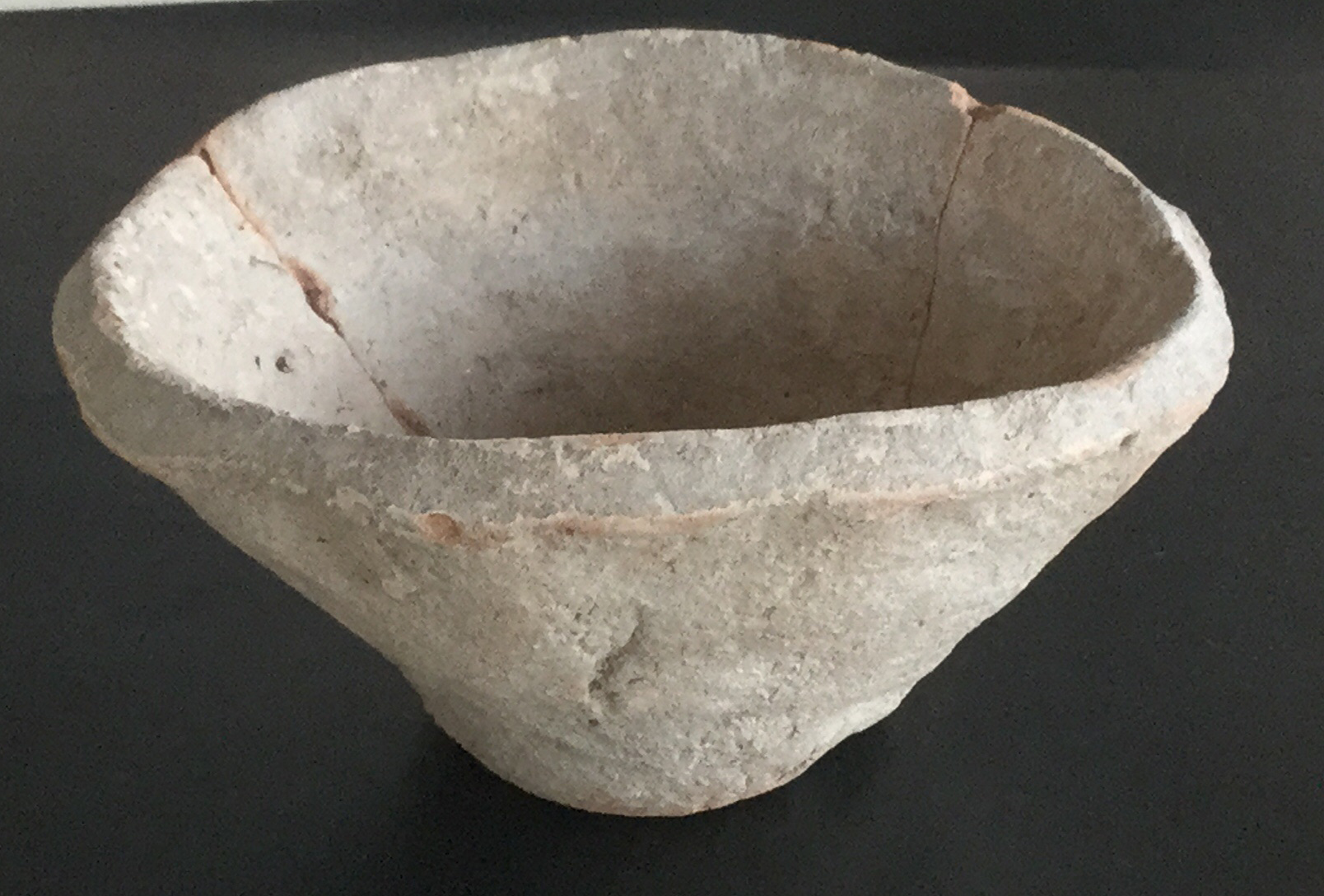Habuba Kabira on:
[Wikipedia]
[Google]
[Amazon]
 Habuba Kabira (also Hubaba Kabire) at Tell Qanas is the site of an
Habuba Kabira (also Hubaba Kabire) at Tell Qanas is the site of an
VAM - Rekonstruktion Kabira.jpg, Kabira reconstruction, Berlin Museum
VAM - Tonstiftmosaik.jpg, Berlin Museum
Vorderasiatisches Museum Berlin 044.jpg, Berlin Museum
Vorderasiatisches Museum Berlin 045.jpg, Berlin Museum
Vorderasiatisches Museum Berlin 046.jpg, Berlin Museum
Vorderasiatisches Museum Berlin 047.jpg, Berlin Museum
DOG site for German dig
{{MEast-hist-stub Populated places established in the 4th millennium BC 1969 archaeological discoveries Archaeological sites in Aleppo Governorate Former populated places in Syria Uruk period
 Habuba Kabira (also Hubaba Kabire) at Tell Qanas is the site of an
Habuba Kabira (also Hubaba Kabire) at Tell Qanas is the site of an Uruk
Uruk, also known as Warka or Warkah, was an ancient city of Sumer (and later of Babylonia) situated east of the present bed of the Euphrates River on the dried-up ancient channel of the Euphrates east of modern Samawah, Al-Muthannā, Iraq.Harm ...
settlement along the Euphrates
The Euphrates () is the longest and one of the most historically important rivers of Western Asia. Together with the Tigris, it is one of the two defining rivers of Mesopotamia ( ''the land between the rivers''). Originating in Turkey, the Eup ...
in Syria, founded during the later part of the Uruk period. It was about 800 mi (1,300 km) from the city of Uruk
Uruk, also known as Warka or Warkah, was an ancient city of Sumer (and later of Babylonia) situated east of the present bed of the Euphrates River on the dried-up ancient channel of the Euphrates east of modern Samawah, Al-Muthannā, Iraq.Harm ...
. The site is now mostly underwater due to the Tabqa Dam
The Tabqa Dam ( ar, سَدُّ الطَّبْقَةِ, Sadd aṭ-Ṭabqah, ku, Bendava Tebqa; syc, ܣܟܪܐ ܕܛܒܩܗ, Sekro d'Tabqa), or al-Thawra Dam as it is also named ( ar, سَدُّ الثَّوْرَةِ, Sadd aṯ-Ṯawrah, ku, Bendav ...
project. It consists of Habuba Kabira South, which is protoliterate, and Habuba Kabira North, which is protoliterate, Middle Bronze Age, Late Bronze Age, and Roman.
History
Habuba Kabira was built around 3500 BCE on a regular plain with strong defensive walls, but was abandoned after a few generations and never inhabited again. The site is around 18 hectares in area, with the walled area encompassing 10 hectares. Lisa Cooper cites evidence from Heinrich, et al. 1969 as well as Heusch, 1980 indicating that the site was reinhabited from late Early Bronze Age to Middle Bronze Age with reuse of building walls and the defensive walls. There were also several other late Uruk enclaves and outposts in this general area. They include Arslantepe (attested at level VIA), Hassek Höyük (attested at level 5), Jebel/Djebel Aruda (8 kilometers north near Tell es-Sweyhat), and Tepecik (Elazığ Province
Elazığ Province ( tr, ; Zazaki: Suke Xarpêt; ku, Parêzgeha Xarpêtê) is a province of Turkey with its seat in the city of Elazığ. The province had a population of 568,753 in 2014. The population of the province was 569,616 in 2000 and ...
, attested at level 3). Godin Tepe
Godin Tepe is an archaeological site in western Iran, located in the valley of Kangavar in Kermanshah Province. Discovered in 1961, the site was excavated from 1965 to 1973 by a Canadian expedition headed by T. Cuyler Young Jr. and sponsored by ...
is a similar site in Iran.
Archaeology
The site was excavated for 9 seasons from 1969 to 1975 by aDeutsche Orient-Gesellschaft
The Deutsche Orient-Gesellschaft (, ''German Oriental Society''), abbreviated DOG, is a German voluntary association based in Berlin dedicated to the study of the Near East.
The DOG was officially founded in January 1898 to foster public interes ...
team led by Ernst Heinrich and Eva Strommenger. It was part of the Tabqa Dam
The Tabqa Dam ( ar, سَدُّ الطَّبْقَةِ, Sadd aṭ-Ṭabqah, ku, Bendava Tebqa; syc, ܣܟܪܐ ܕܛܒܩܗ, Sekro d'Tabqa), or al-Thawra Dam as it is also named ( ar, سَدُّ الثَّوْرَةِ, Sadd aṯ-Ṯawrah, ku, Bendav ...
rescue excavation effort. Small finds included 4 clay tokens.Heinrich, E. et al., 1974 Vierter vorlaufiger Bericht tiber die von der Deutschen Orient-Gesellschaft mit Mitteln der Stiftung Volkswagen werk in Habuba Kabira (Habuba Kabira, Herbstkampagnen 1971 und 1972 sowie Testgrabung Friihjahr 1973) und in Mumbaqat (Tall Munbaqa, Herbstkampagne 1971) unternommenen archaologischen Untersuchungen (Fortsetsung). Mitteilungen der Deutschen Orient-Gesell- schaft 106: 53-97., 1974
Notes
References
*Dietrich Surenhagen, Keramikproduktion in Habuba Kabira-Sud: Unters. zur Keramikproduktion innerhalb d. spat-urukzeitl. Siedlung Habuba Kabira-Sud in Nordsyrien, Hessling, 1978,See also
*Cities of the ancient Near East
The earliest cities in history were in the ancient Near East, an area covering roughly that of the modern Middle East: its history began in the 4th millennium BC and ended, depending on the interpretation of the term, either with the conquest by ...
* History of Mesopotamia
* Jawa
External links
DOG site for German dig
{{MEast-hist-stub Populated places established in the 4th millennium BC 1969 archaeological discoveries Archaeological sites in Aleppo Governorate Former populated places in Syria Uruk period